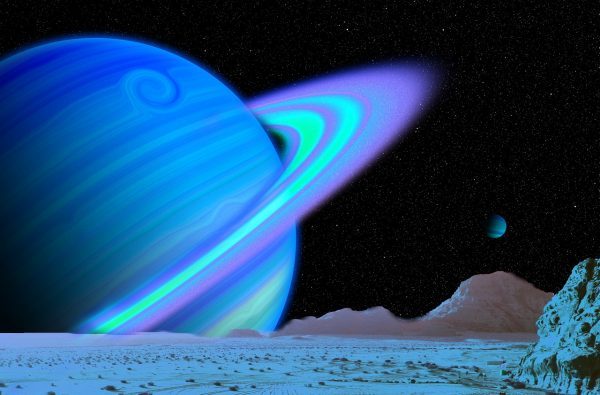
Uranus is a weirdo — the icy giant rotates while lying on its side and it’s been called a rear end in even the highest echelons of academia (right?). Now, astronomers have found it has an oddball ring system, too.
In new images of the rings around Uranus (the seventh planet from the sun has 13 known rings), researchers have been able to decipher not only the temperature, but also the bits that create the rings.
The scientists found that the densest, brightest ring — called the epsilon ring — is pretty darn cold (by human standards): 77 Kelvin, which is just 77 degrees above absolute zero and the equivalent of minus 320 degrees Fahrenheit (minus 196 degrees Celsius). For comparison, the lowest temperature on Earth — minus 135 F (minus 93 C) — was recorded on an ice ridge in Eastern Antarctica.
Study researcher Imke de Pater, of UC Berkeley, told Live Science that she and her co-authors can’t determine the temperature of the inner rings with the data they have so far.
For the study, the scientists looked at the rings through the Very Large Telescope in Chile, which detects visible wavelengths — the icy components of the rings reflect a teensy bit of light in the optical range — and the Atacama Large Millimeter/submillimeter Array (ALMA), also in Chile, which zooms in on wavelengths that straddle the radio/infrared part of the electromagnetic spectrum.


